Copyright 2020 - 2021 irantour.tours all right reserved
Designed by Behsazanhost
Fars province is a unique workshop of sculpture and Achaemenian arts
Fars province is a unique workshop of sculpture and Achaemenian arts
A collection contains the 250-years history of the Achaemenid rule (559 BC to 330 BC). A unique collection includes 3 Royal Palace complexes in Persepolis - Pasargadae, and Susa (Khuzestan Province), also about 4,000 bas-reliefs mainly in Fars province - 6 stone tombs in Shiraz (and 4 in Naghsh-e Rostam and 2 in Persepolis), and a stone tomb in Pasargadae.
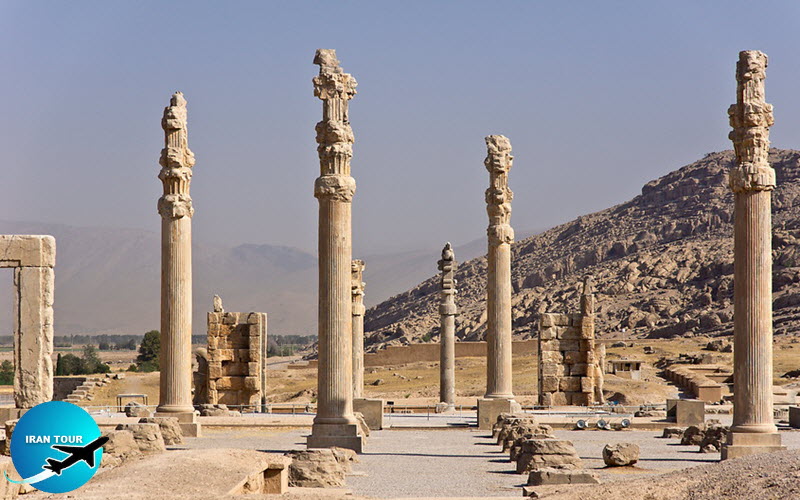 |
This unique art continued up to the Greek era(312 to 64 BC, Interruption period). But, it started again in a new form with the beginning of the Sassanid Empire. A collection that describes the 250-years history of the Achaemenid rule (559 BC to 330 BC).
 |
This unique art continued up to the Greek era(312 to 64 BC, Interruption period). But, it started again in a new form with the beginning of the Sassanid Empire. About 4,000 bas-reliefs have been left throughout Iran by the experienced Achaemenids Sculptors. There are more than 3,000 of these designs in the buildings and tombs of Persepolis, 32 in Pasargadae, 14 in Bisotun or Behistun (Kermanshah Province), and 14 in the water canal built by Darius the Great in Egypt.
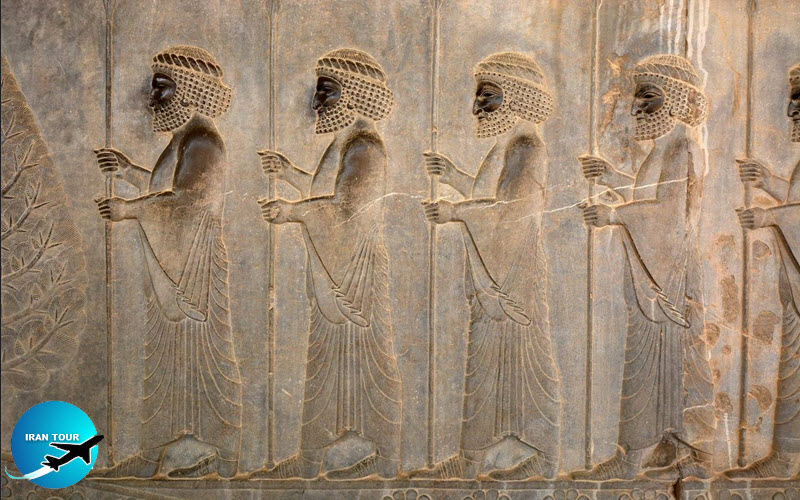 |
Also, some motifs are scattered in other areas of Fars province. Although these designs are numerous, they are remarkably similar. Achaemenid sculptures have created the most beautiful shapes with simple tools and equipment. These tools usually include hammers, Tooth Chisels, Flat Chisels, and Point Chisels. The art of Achaemenid artists was delicate and free from the violence of other neighbors. This feature is clearly visible in the soldiers and horses of the Achaemenid carvings. This represents the ultimate evolution of art and the glory of the Achaemenid Empire.
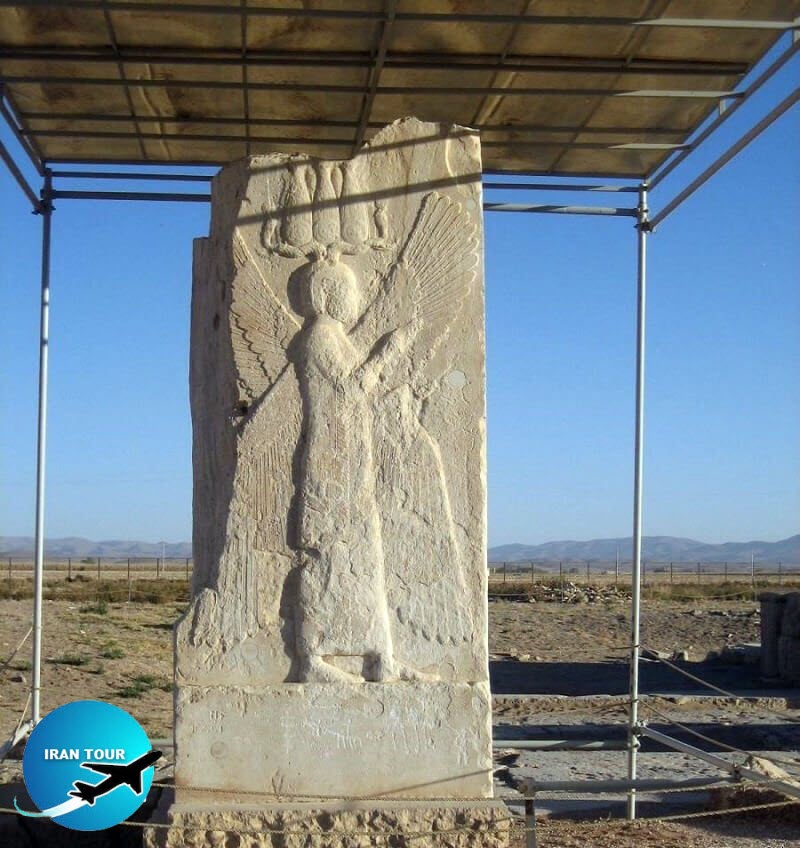 |
Pasargadae can be considered as the main origin of the Achaemenid bas-reliefs that started in 550 AD. The most beautiful and excellent Achaemenid sculptures such as the winged man statue made in the Pasargad. Undoubted, other masterpieces of Achaemenid sculptors in Persepolis and other places are taken from the Pasargadae buildings and is the continuation of their art. After Pasargad, the best Achaemenid samples can be found in Biston and Persepolis.
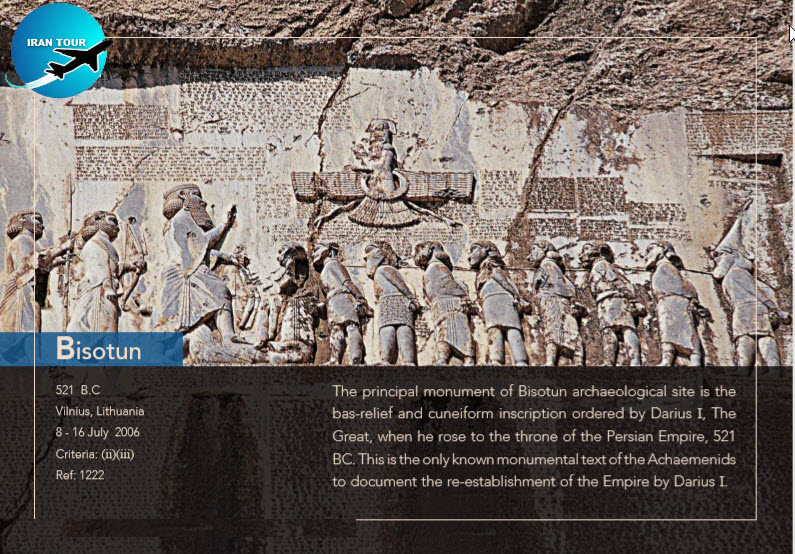 |
The palace of Susa was a model for Persepolis and for this reason in 512 BC, Darius chose it as the capital. But, the Bistoon or Behiston Achaemenid inscriptions is the best among all one. In this inscription, the Great Darius describes the events of his early reign(r. 522–486 BC) as well as the suppression of the rebels.
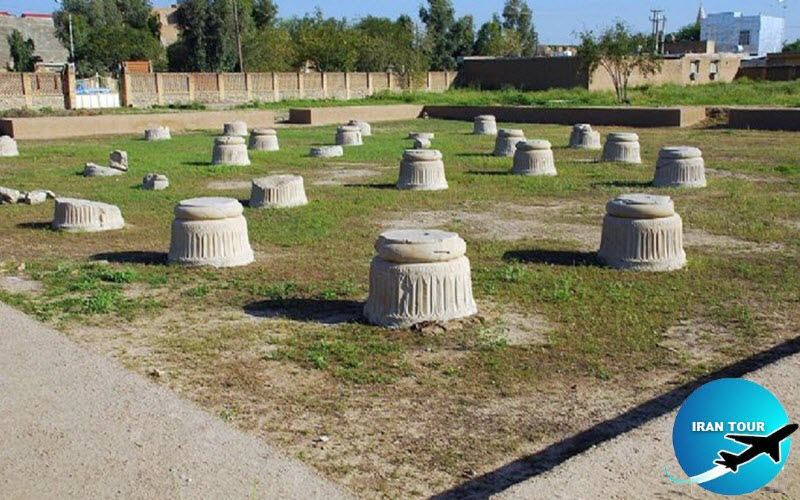 |
But maybe the best example of Achaemenid sculpture art is the statue of Darius the Great. The statue was discovered in 1972 by a French archeological team in Susa.
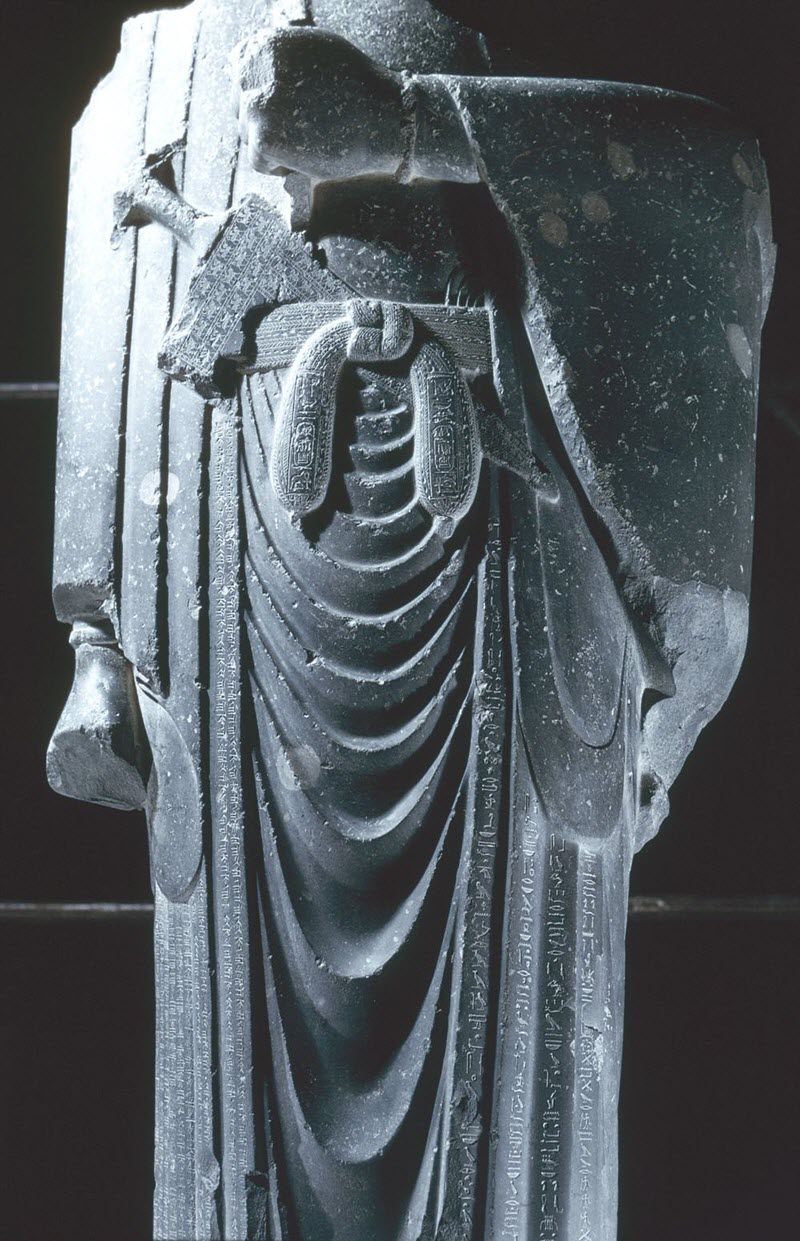 |
In general conclusion, we can say that Iranian art had achieved considerable progress in the Achaemenid era. Achaemenid artists absorbed various Oriental manifestations of art and created a special combination of them with the original Iranian characteristics. The share of the Achaemenids in this period was to combine, refine, fit, and magnify the various branches of art in such a way that it reached the peak of their greatness and glory.
- Details
- Category: What to see in IRAN